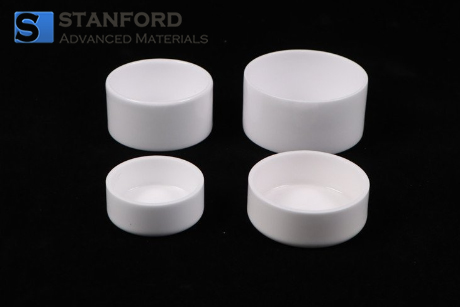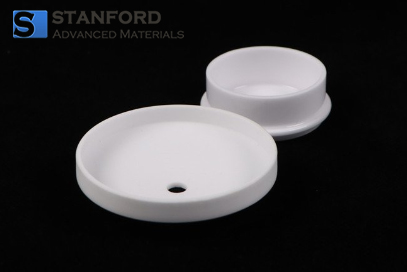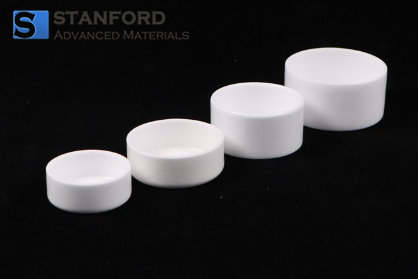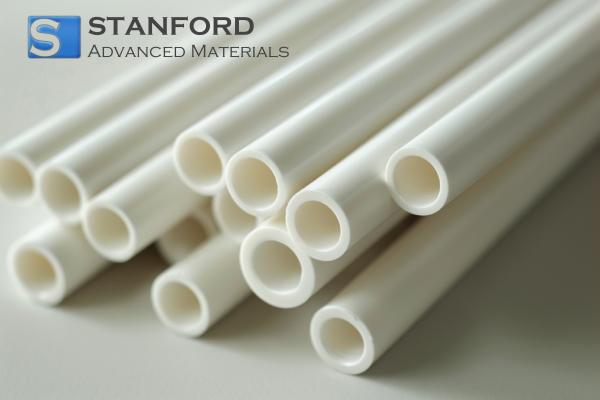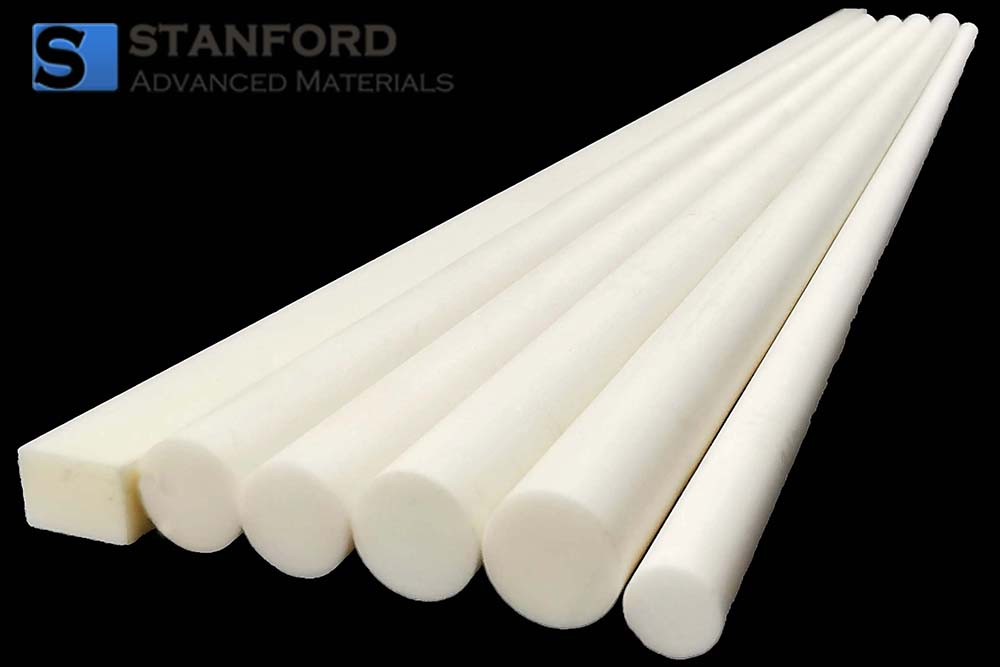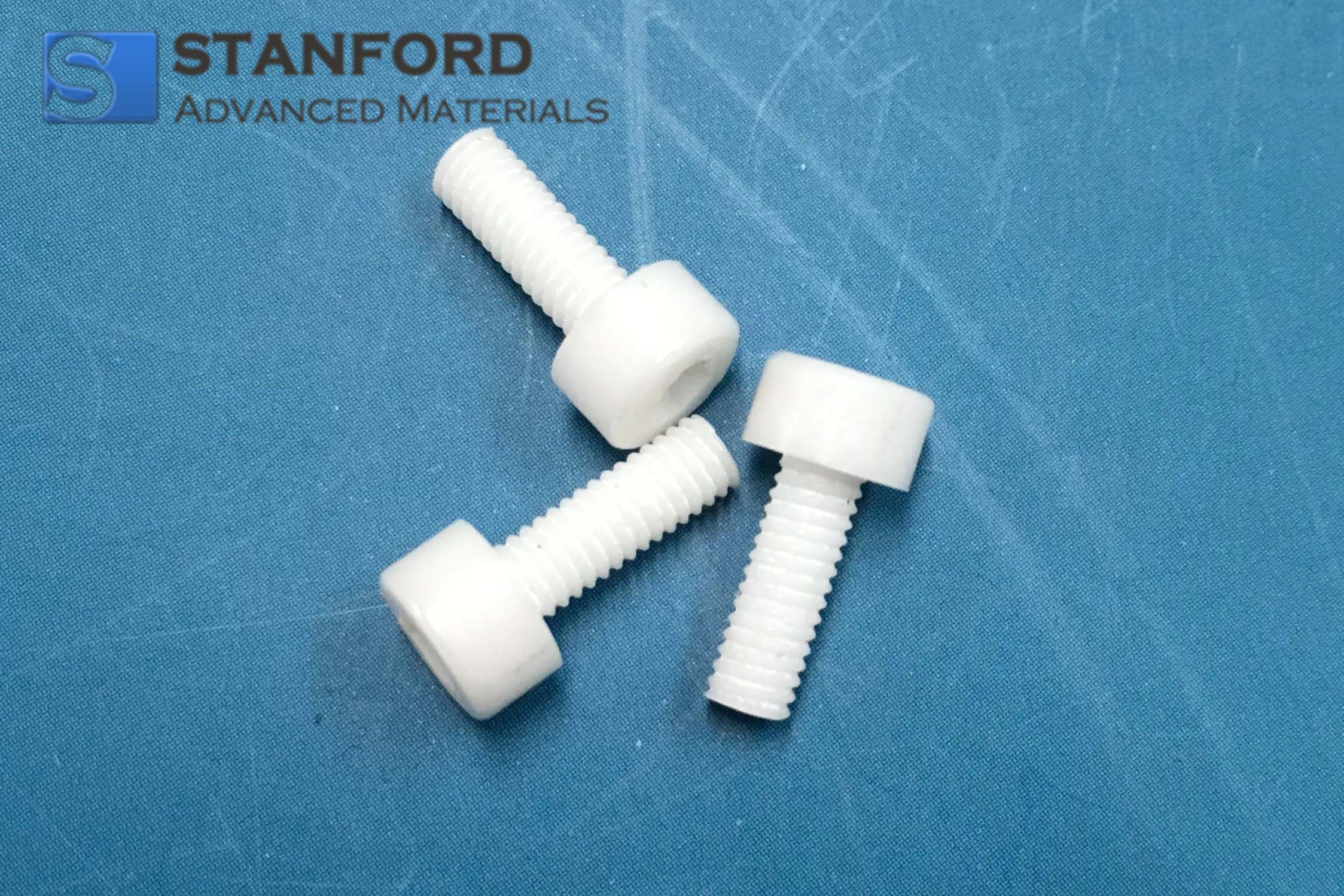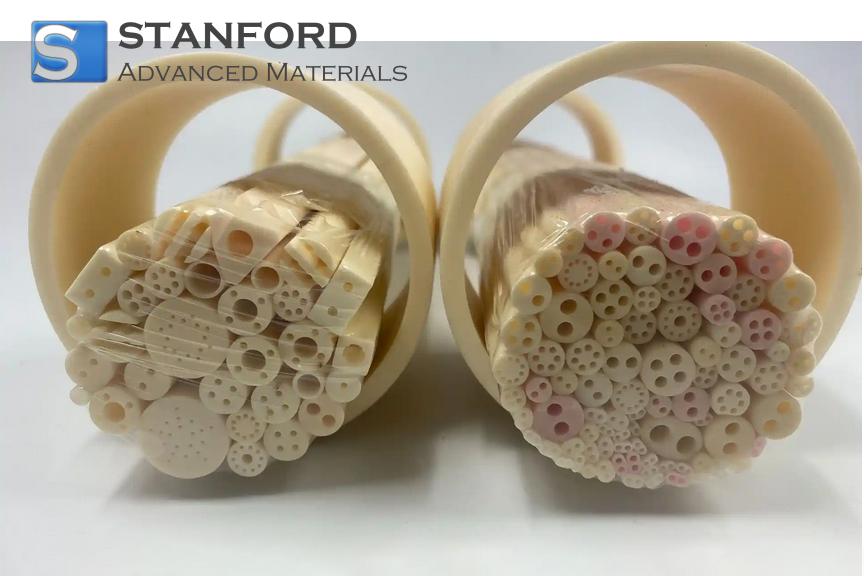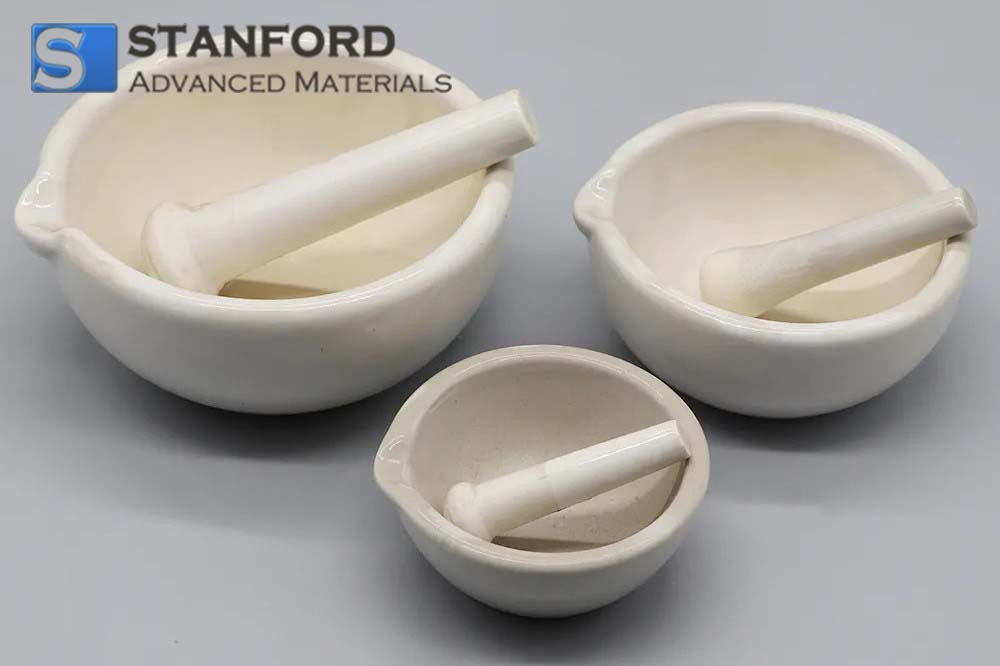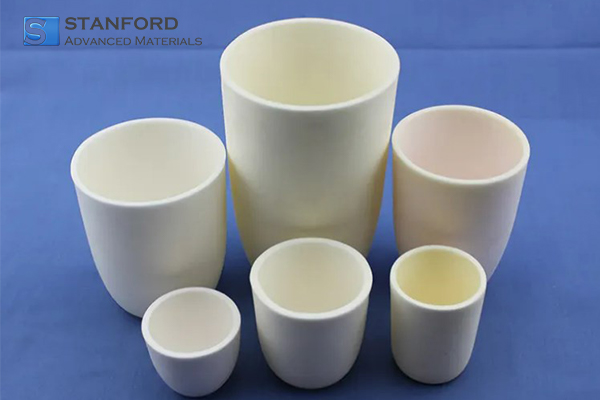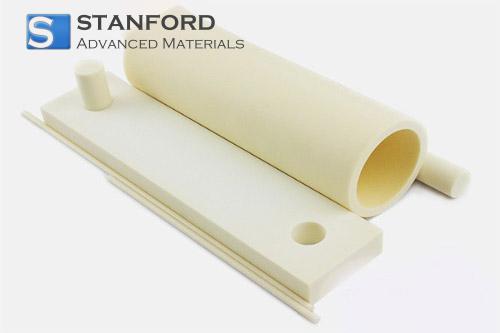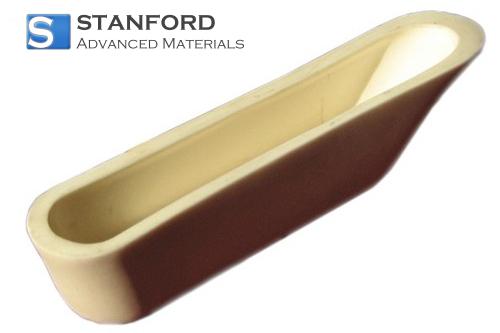Alumina Sample Pan Description
Alumina Sample Pan is developed and made of Aluminum Oxide (Al2O3). Alumina is widely used in structural, electronics, medical and electrical fields as one of the most important ceramic oxides. Due to its high melting point (2054℃) and high chemical resistance, Alumina ware is often used during high temperature demanding and contamination-free reactions. Alumina is also a good refractory metal. It can work up to 1750℃ in both oxidizing and reducing atmosphere. It’s also a good electrical insulator used as a substrate for integrated circuits. Considering Alumina’s price, high melting and boiling points, good resistance, strong hardness and good electrical insulation, Alumina is widely spread and used all over the world in lots of industries. Alumina Sample Pans are available for many sizes and shapes. Call for more information.
Alumina Sample Pan Features
- High melting and boiling points
- good electrical insulation (1x1014to 1x1015Ω cm)
- strong hardness (15~ 19 GPa)
- Strong thermal shock resistance
- good corrosion and wear resistance
- bio-inert and food compatible
Alumina Sample Pan Specification
|
Composition
|
UNIT
|
Al95
|
Al99
|
Al997
|
|
Al2O3 Content
|
%
|
95
|
99
|
99.7
|
|
Color
|
|
White
|
Ivory
|
Ivory
|
|
Tensile Strength
|
Kpsi
|
32
|
38
|
36
|
|
Flexural Strength
|
Kpsi
|
52
|
55
|
54
|
|
Compressive Strength
|
Kpsi
|
300
|
377
|
350
|
|
Density
|
g/cc
|
3.70
|
3.90
|
3.92
|
|
Hardness
|
HV, GPa
|
13.8
|
17.2
|
18
|
|
Thermal Conductivity
|
W/(m K)
|
25
|
30
|
30
|
|
C.O.T.E.
|
In / In°C (x10^-6)
|
7.7
|
7.8
|
7.8
|
|
Working Temperature
|
°C
|
1500
|
1650
|
1750
|
|
Dielectric Constant
|
|
9.5
|
9.7
|
9.8
|
|
Volume Resistivity (25°C)
|
Ohm-cm
|
>10^14
|
>10^14
|
>10^14
|
Alumina Sample Pan Application
1. Thermal Analysis: Alumina sample pans are widely used in thermal analysis techniques such as Differential Scanning Calorimetry (DSC), Thermogravimetric Analysis (TGA), and Differential Thermal Analysis (DTA). Their high thermal stability allows them to withstand the extreme temperatures required for these analyses, providing accurate and reliable measurements of thermal properties.
2. Chemical Reactions: In chemical laboratories, alumina sample pans are used to contain and heat samples for various reactions. Their chemical inertness ensures that they do not react with the samples, maintaining the integrity of the reaction and preventing contamination.
3. Material Science: Alumina sample pans are employed in the study of material properties under different temperature conditions. They are used to heat, melt, and sinter materials, allowing researchers to observe phase transitions, crystallization, and other thermal behaviors.
4. High-Temperature Experiments: These pans are used for experiments that require heating samples to very high temperatures, such as those involving metals, ceramics, and other high-melting-point materials. Alumina's high melting point ensures that the pans do not deform or melt during the process.
5. Catalyst Testing: Alumina sample pans are used in catalyst testing and evaluation. Their inertness and thermal stability make them suitable for studying catalytic reactions at high temperatures without interference from the container.
6. Pharmaceutical Research: In pharmaceutical research, alumina sample pans are used for analyzing the thermal properties of drugs and other compounds. This includes studying melting points, decomposition temperatures, and other thermal behaviors important for drug formulation and stability.
7. Environmental Testing: Alumina sample pans are used in environmental testing to analyze soil, water, and air samples. They can withstand the high temperatures needed to drive off volatiles or combust organic materials, aiding in the determination of environmental contaminants.
8. Food Industry: In the food industry, alumina sample pans are used for analyzing the thermal properties of food products. This can include studying melting, crystallization, and other thermal behaviors that impact food processing and quality.
9. Educational Purposes: Alumina sample pans are used in educational settings for teaching thermal analysis techniques and high-temperature experiments. Their durability and reliability make them ideal for repeated use in laboratory courses and demonstrations.
10. Research and Development: In various R&D applications, alumina sample pans are used to investigate the thermal properties of new materials and compounds. Their high thermal and chemical stability ensures accurate and reproducible results in experimental studies.
Alumina Sample Pan Packaging
Our Alumina Sample Pan is carefully handled during storage and transportation to preserve the quality of our product in its original condition.
Alumina Sample Pan FAQs
Q1. What is an Alumina Sample Pan?
An alumina sample pan is a small, high-purity aluminum oxide (Al₂O₃) container used for holding samples during thermal analysis, such as differential scanning calorimetry (DSC) and thermogravimetric analysis (TGA). These pans are designed to withstand high temperatures and chemically aggressive environments.
Q2: How should Alumina Sample Pans be cleaned and maintained?
Cleaning: Clean with appropriate solvents and avoid using abrasive materials that could scratch the surface. Ultrasonic cleaning can also be used.
Maintenance: Handle with care to avoid mechanical damage. Store in a clean, dry environment to prevent contamination.
Sterilization: Can be sterilized using autoclaving, dry heat, or chemical disinfectants due to their thermal and chemical resistance.
Q3: What sizes and shapes are available for Alumina Sample Pans?
Alumina sample pans come in various sizes and shapes to accommodate different types of thermal analysis instruments and sample requirements. Standard sizes are available, and custom dimensions can be manufactured to meet specific needs.


 English
English Española
Española Deutsch
Deutsch Français
Français Italiano
Italiano